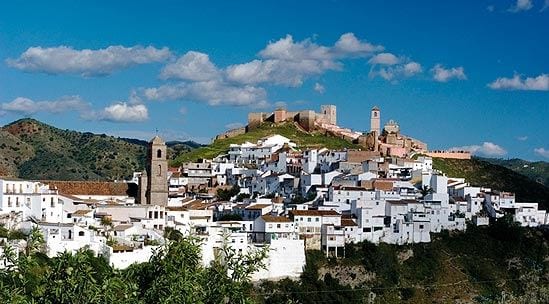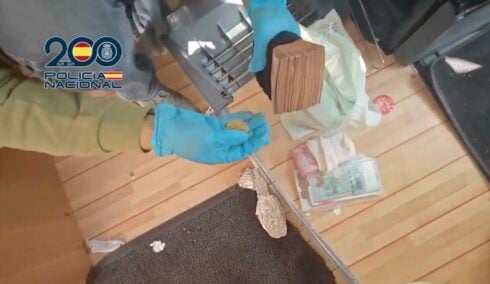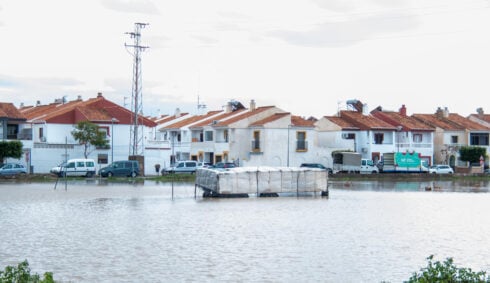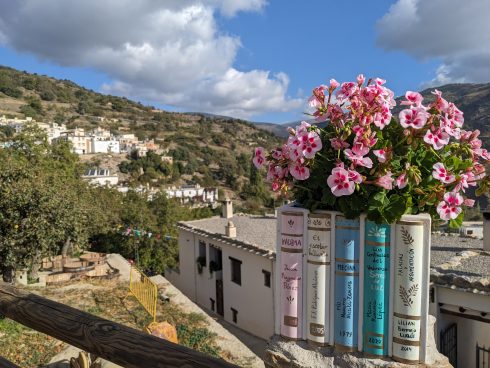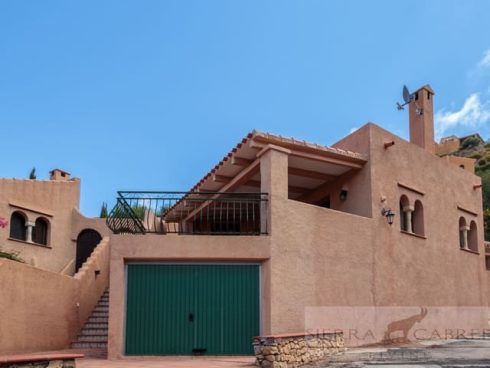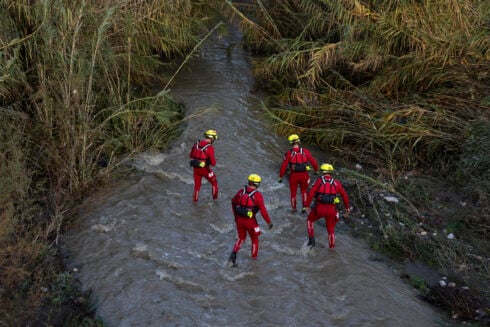FOR years it was a sleepy, white-washed Andalucian pueblo known only to the most intrepid adventurers.
That changed in 2015 with the reopening of the Caminto del Rey, a narrow pathway cut into the side of El Chorro gorge winding 10 metres above the rushing Guadalhorce river. Suddenly Alora was on the itinerary of half the world’s daredevil tourists.
Not all of them venture into the town to take a closer look but they should. Despite its unwarranted modesty in keeping its fascinating history to itself for so long, Alora has blossomed into a hive of cultural activity.
Marked out by its stunning Arabic castle atop Cerro de las Torres hill, the sprawling streets are brought to life through Moroccan and Roman influences before them.
The immaculately-preserved castle is even older – built by the Phoenicians, expanded under Roman rule, destroyed by the Visigoths in the fifth century and rebuilt by the Moors.
The Muslim minaret is still clearly visible today, protruding defiantly above the fortress walls.

A short walk down narrow traditional streets leads to the town’s lowest-lying square. Here stands the impressive 17th century Catholic church of La Encarnacion, which somehow appears to be even larger on the inside.
Adjoining the church is the municipal museum with its ancient pottery and historical displays placed between the stone columns and an intense mustiness emanating from its 16th century Mudejar walls.
Hidden in the heart of the town, an old molino where olive oil was traditionally produced is now used as an atmospheric concert venue.
Various small museums and bars have sprung up in the centre since the turn of the century, continuing Alora’s legacy as one of the most important settlements in the Guadalhorce Valley.
Today, as people get to hear about its charms, the town is more bustling than sleepy.
But it is after sunset that visitors are treated to one of Alora´s most stunning surprises: the castle, lit up like a halo, is utterly alluring at night – a sight, as well as a historic ‘site’, not to be missed.
There is much more to the Guadalhorce Valley then Alora though. After nearly 20 years of campaigning, the stunning mountain range, the Sierra de las Nieves that towers over the valley, was designated as Spain’s 16th National Park.
Largely untouched by tourists yet ridiculously close to the coast, it’s a weekend getaway begging to be booked.
Highly endangered Pinsapo fir woodlands and rare wildlife including Ibex and otter helped to award its new National Park protection.
Crisscrossed with hiking trails, it’s even possible to stroll up from Marbella, Benahavis and Mijas, while by car you are in the heart of the park within an hour via the stunning Juanar Valley.

An even better option is to spend a weekend in the nearby Guadalhorce Valley, which buffers the range, while in the north you will find the Andalucian Lake District and the famous Caminito del Rey.
The polar opposite to the glitz and glamour of the nearby coast the valley – where you will find the well known towns of Coin and Alhaurin – offers a more peaceful, largely rural relaxed way of life.
A great place to head for to kick off your exciting journey inland is Tolox, which is the back door to this incredible mountain wilderness.
As someone once described it, ‘If Coin sits at the foot of the Sierra de las Nieves, then Tolox is the toenail’.
Formerly part of the Moorish Kingdom of Soleiman, this whitewashed village also draws visitors to dip into its Fuente Amarga spa, with its legendary healing properties.
Stress and muscle fatigue are washed away with a variety of therapies ranging from natural gas inhalation to mud spray treatments.
Head uphill for a couple of miles and you will find the eagle-eye views at the Cerro de Hijar hotel, one of Andalucia’s more remote places to stay.
Every hairpin bend round the steep cliffs offers up a fresh angle on the Guadalhorce Valley.
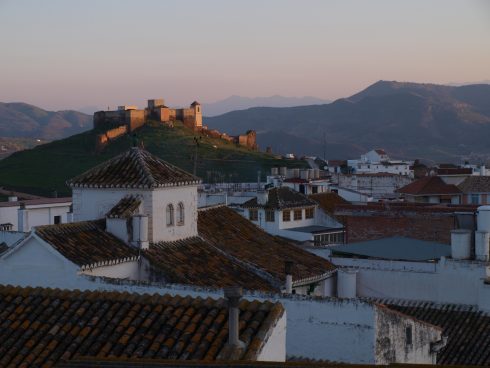
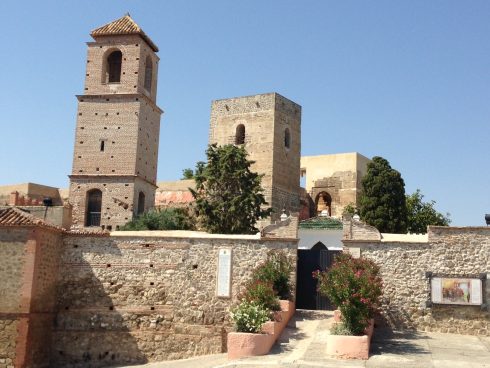

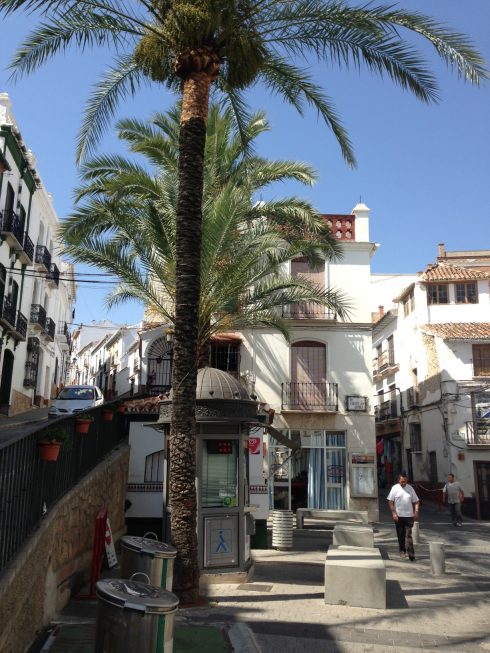

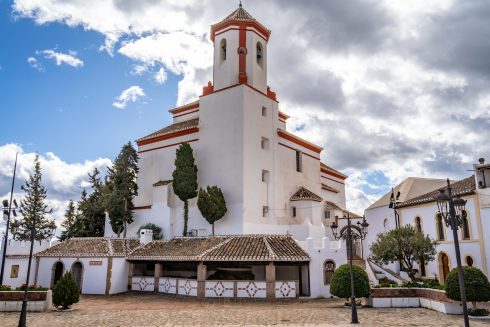

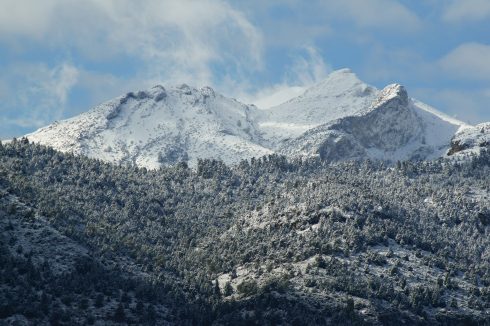
Looking down as far as Malaga and to waterfalls trickling below, it’s easy to forget that the Costa del Sol metropolis is just over the mountain.
From here you head up towards the stunning white village of Yunquera embedded like a jewel in a setting of olive groves.
The entrance to the village’s charming centre is marked by stone arches while the church – the crowning glory in most of these pueblos – can be seen against the skyline from the narrow streets below.
From the striking Santa Ana church itself, there are spectacular views towards the Sierra Prieta.
Head back down into the valley and arriving in Alhaurin is like deja vu as a ‘castle’ looms into view. It’s the famous brick water tower that starred in the opening credits of the Eldorado series, built to look old.
This is one of the most popular places to settle in the valley and has a great mix of shops and restaurants, while it has a true international feel with expats from all around the world.
Coin, the region’s ‘capital’ and largest town, is a larger version of its smaller neighbours (Tolox, Yunquera and Alozaina) with its emblematic church, series of squares and a multitude of winding cobbled streets.
Set up by the Romans, who made it into a market town before largely abandoning it for almost 500 years, it was then brought back to life by the Moors, who rebuilt it in 950 AD.
Much of this later success came from the quarries of marble and iron ore which were used in the construction of Sevilla’s famous settlement of Italica, the birthplace of the future Emperor, Hadrian.
Reconquered by the Christians during a long siege in which Christopher Columbus allegedly took part, it was also popular with another great explorer Captain Cook, who visited in 1829.
After a visit to Cartama, Alhaurin and Coin, he wrote, ‘These villages are on rising ground above the river and in beauty of situation and cultivation cannot be excelled.
“They afford a specimen of the whole country when possessed by the Moors, being surrounded by gardens with orange, lemon and palm trees and abounding in all the fine as well as the more common fruits.”
Even today, the Guadalhorce Valley is considered to be among the most fertile in all Spain.
Crisscrossed with streams, as well as modern and ancient acequias (man-made water channels), it has as much modern cultivation as it has wildlife, while signs of its fecundity are found in the villages where you can pick oranges and lemons that line the streets – you can quite literally get a taste of Spain!
READ MORE:
- EXPLORING SPAIN: Travelling an Unspoilt Coastline
- All roads lead to Rome in Merida, one of Spain’s best kept travel secrets
- Travel Spain: These are the villages you should visit in the Alpujarra south of Granada
Click here to read more Olive Press Travel News from The Olive Press.

